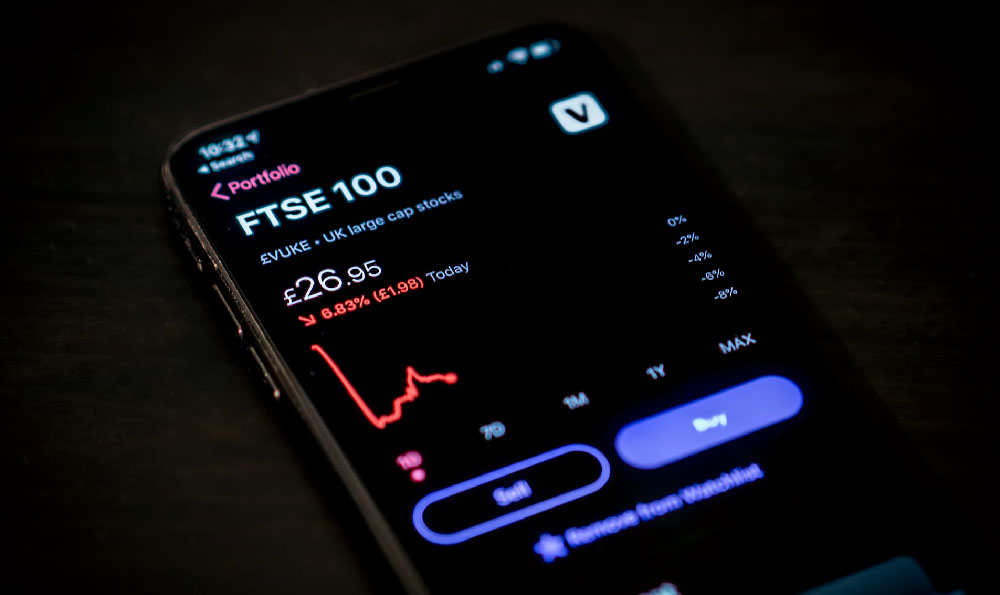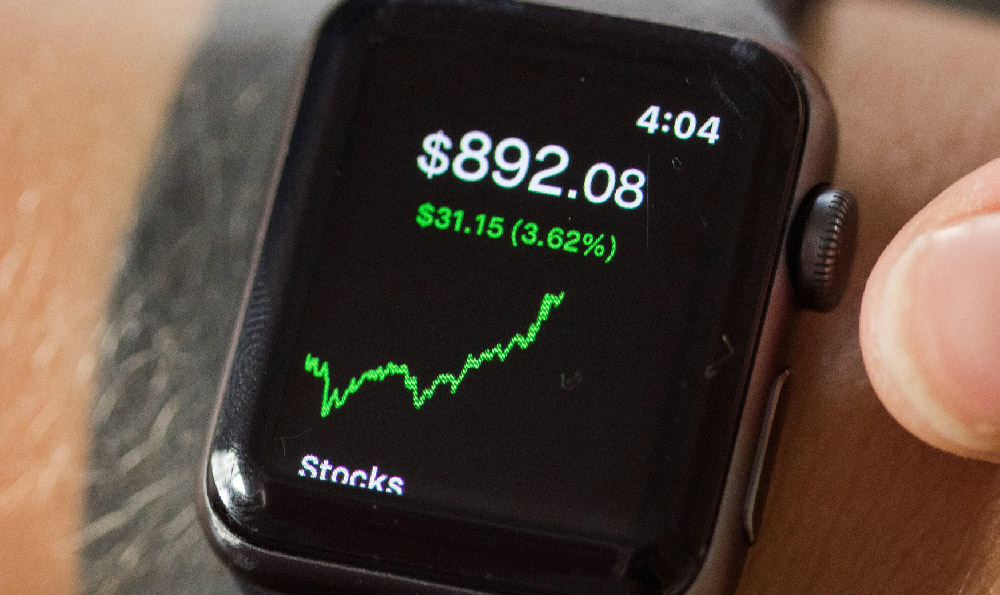How do Instagram influencers monetize their presence, and what are their primary revenue streams?

Okay, I understand. Here's an article exploring how Instagram influencers generate income and their key revenue streams:
Instagram has evolved from a simple photo-sharing app into a powerful platform where individuals can cultivate a personal brand, build a dedicated following, and, most importantly, generate substantial income. The rise of the "influencer" is a testament to the platform's potential to transform social media engagement into a lucrative business venture. Understanding how these individuals monetize their presence requires a deep dive into the various strategies they employ and the revenue streams they cultivate.
At its core, influencer marketing relies on the trust and connection that influencers establish with their audience. This trust is the bedrock upon which all monetization strategies are built. Without genuine engagement and a loyal following, an influencer's ability to generate revenue diminishes significantly. Therefore, the primary goal of any aspiring influencer is to cultivate an authentic voice and consistently deliver content that resonates with their target audience. This content should be high-quality, visually appealing, and aligned with the influencer's personal brand and values. It's a marathon, not a sprint; building a strong foundation is paramount.

The most prominent revenue stream for Instagram influencers is sponsored content or branded partnerships. This involves collaborating with brands to promote their products or services to the influencer's audience. Brands recognize the value of tapping into an influencer's existing network and leveraging their influence to reach a specific demographic. The financial compensation for sponsored content varies greatly depending on factors such as the influencer's follower count, engagement rate, niche, and the scope of the campaign. Micro-influencers (typically those with 1,000 to 100,000 followers) often charge a few hundred dollars per post, while macro-influencers (those with hundreds of thousands or millions of followers) can command thousands or even tens of thousands of dollars for a single sponsored post. Contracts often stipulate the specific messaging, visuals, and call-to-actions required in the content. It is essential for influencers to disclose sponsored content clearly using hashtags like #ad or #sponsored, adhering to advertising regulations and maintaining transparency with their audience. Failure to do so can erode trust and damage their reputation.
Affiliate marketing represents another significant income stream. Influencers promote products or services using unique affiliate links or discount codes. When followers make a purchase through these links, the influencer receives a commission. This model is particularly popular in niches like fashion, beauty, and lifestyle. The success of affiliate marketing hinges on the influencer's ability to genuinely recommend products they believe in and that align with their audience's interests. Dishonest or overly aggressive promotion can be detrimental to their long-term credibility. Tracking performance with affiliate links is crucial; understanding what drives conversions allows for optimization of content and strategies.
Selling their own products or merchandise is a direct way for influencers to monetize their brand. This can involve creating and selling physical products such as clothing, accessories, or beauty products, or digital products such as e-books, online courses, or presets for photo editing. This approach requires significant upfront investment in product development, manufacturing, and fulfillment. However, it also offers the potential for higher profit margins and greater control over the brand image. Building a brand identity that resonates with the followers and providing tangible value are crucial to success. An influencer launching their own line of products or services strengthens the relationship with their audience by offering unique and personalized products, differentiating them from simple promotions of other brands.
Offering services, such as coaching, consulting, or photography, is a less common but still viable monetization strategy. Influencers who have established themselves as experts in a particular field can leverage their platform to offer their expertise to others. For instance, a fitness influencer might offer personalized workout plans or nutrition coaching, while a travel influencer might provide travel planning services. This strategy requires a high level of knowledge and expertise, as well as the ability to effectively communicate and deliver value to clients. This type of revenue stream also builds upon the influencer's personal brand, further solidifying their position as an authority in their niche.
Beyond these core strategies, some influencers generate income through other avenues, such as attending events and making appearances, public speaking engagements, and licensing their content for commercial use. While these opportunities are less consistent than sponsored content or affiliate marketing, they can provide valuable supplemental income and exposure.
Ultimately, the key to successful monetization on Instagram lies in building a strong personal brand, cultivating a loyal following, and consistently delivering high-quality content that provides value to their audience. By diversifying their revenue streams and prioritizing authenticity and transparency, influencers can transform their passion into a sustainable and profitable business. However, it is crucial to remember that building a successful Instagram presence requires time, effort, and dedication. There are no shortcuts to building trust and earning the respect of an audience. And as the platform continues to evolve, influencers must adapt their strategies and stay ahead of the curve to maintain their relevance and profitability. The landscape is dynamic, and what works today might not work tomorrow. A continuous learning approach, combined with a relentless focus on audience engagement, is the recipe for long-term success.















